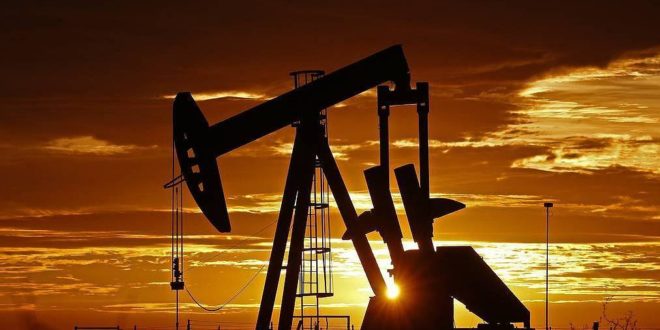The natural gas sector must cut emissions of potent greenhouse gas methane to stay relevant in a low-carbon world, International Energy Agency senior energy analyst Christophe McGlade said Tuesday.
Energy is the second largest source of methane emissions globally, with oil and gas operations responsible for around 82 million mt in 2019, McGlade told a Eurogas webinar.
It was already an “uphill battle” making an argument for using natural gas in a decarbonizing energy system, he said.
“If regulators and companies do not get on top of this issue, the door is going to shut on natural gas,” McGlade said.
But there was also an opportunity for companies and producer countries who do successfully cut their methane leaks to sell the resulting lower emission natural gas at a premium.
“Consumers will value that,” he said.
The European Commission’s Green Deal strategy aims to make the EU climate-neutral by 2050, and that is creating interest in being able to differentiate between gaseous fuels based on their full value chain carbon footprint.
Natural gas can also be used to make clean hydrogen, either by combining with carbon capture and storage, or through pyrolysis. Using a guaranteed lower-emission feedstock natural gas could also help create premium clean hydrogen offerings.
Methane emissions tracker
The IEA has set up a methane tracker to collect information on emission sources, abatement potentials and approaches to abatement.
It estimates that about a third of global oil and gas sector methane emissions could be avoided at no net cost using current technology.
Detecting and repairing leaks upstream, for example, was a particularly cost-effective approach, McGlade said.
The problem is that in some cases there is not enough infrastructure or the only accessible market is saturated, leading operators to vent or flare excess gas.
There was also the problem of misaligned incentives, where the company responsible for maintaining the pipeline does not own the gas being transported, and so does not benefit directly from investing to cut leaks.
A third problem is simply lack of information or awareness about methane leaks.
The IEA is developing a road map — a “How to” guide — for policy-makers seeking to encourage companies to cut their methane emissions.
A current key problem is lack of accurate data, but that is set to change as new technologies for detecting and measuring leaks from the air by satellite and plane develop.
There was huge potential to cut methane emissions significantly, and regulators had a clear role in focusing companies on low cost options to do this, McGlade said.
Some companies were already involved in joint voluntary initiatives to cut their methane emissions, but these tended to be those who were best performers on this anyway.
“Regulation can level the playing field, and the companies already taking action would welcome that,” he said. “They want a better public perception of natural gas.”
EC drafting EU strategy
The EC is working on an EU methane emissions strategy paper to be presented later this year, with the timing and format still to be decided, an EC spokesman said on Tuesday.
“Preparatory work has started on how to tackle methane emissions linked to the energy sector, including fossil fuel production and transport,” he said.
It launched a study in August 2019 to better understand the size and nature of methane emissions within the EU.
Any future EU rules on methane emissions may impact external suppliers, such as Norway, Russia and the US.
Net gas imports to the EU were 398 Bcm in 2019, up 10% on 2018, and accounted for more than 80% of EU gas consumption, according to EC analysis.
The analysis found the EU’s estimated total gas import bill in 2019 was Eur69.4 billion ($76.2 billion), down around a third from 2018.

epaselect epa08348372 Pump jacks operate in the oil fields near Midland, Texas, USA, at sunrise 07 April 2020. Midland, Texas is a city in western Texas, part of the Permian Basin area. Low oil prices are reportedly causing also the gas prices to drop dramatically. EPA-EFE/LARRY W. SMITH
 Iran Energy News Oil, Gas, Petrochemical and Energy Field Specialized Channel
Iran Energy News Oil, Gas, Petrochemical and Energy Field Specialized Channel



